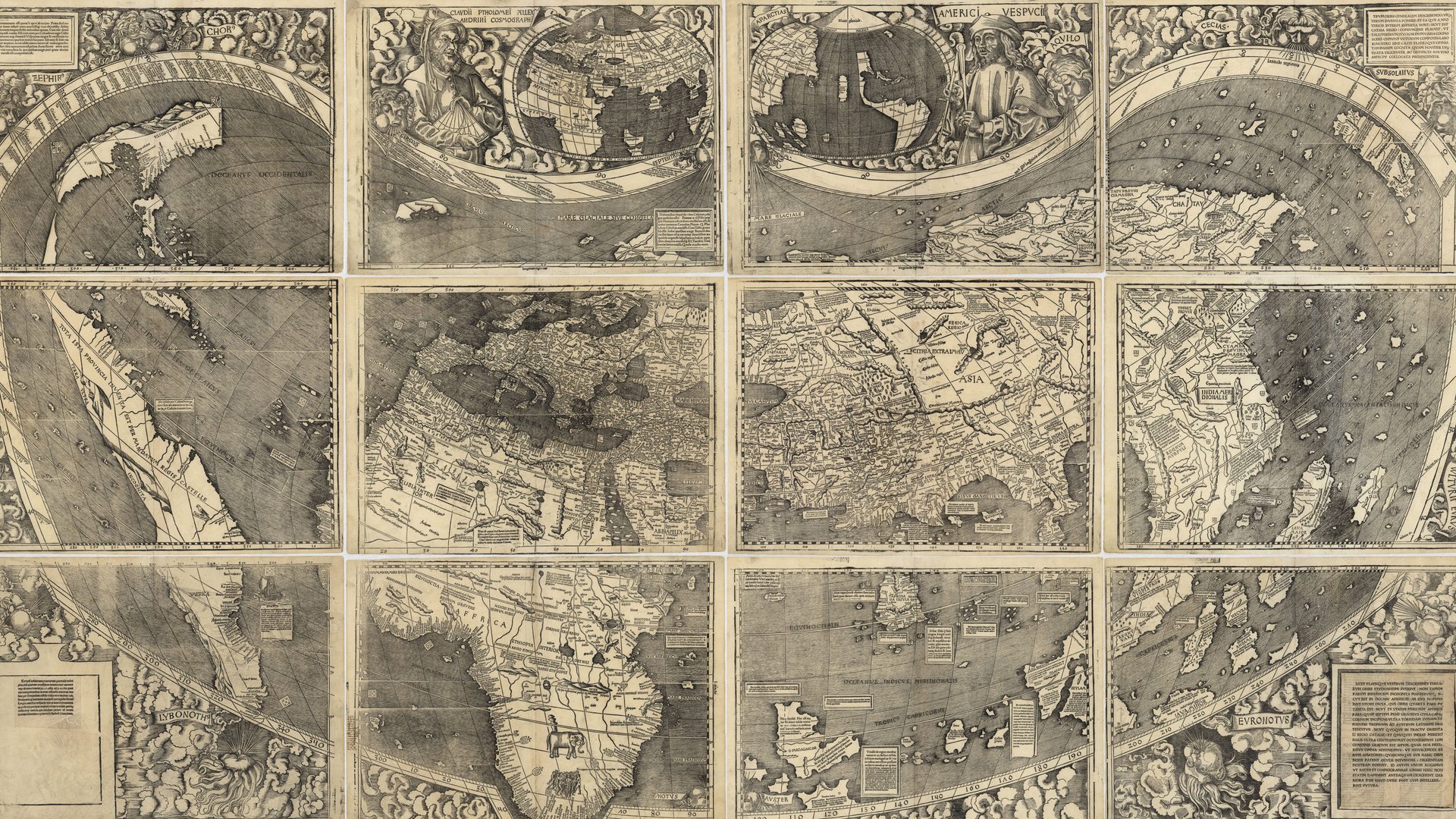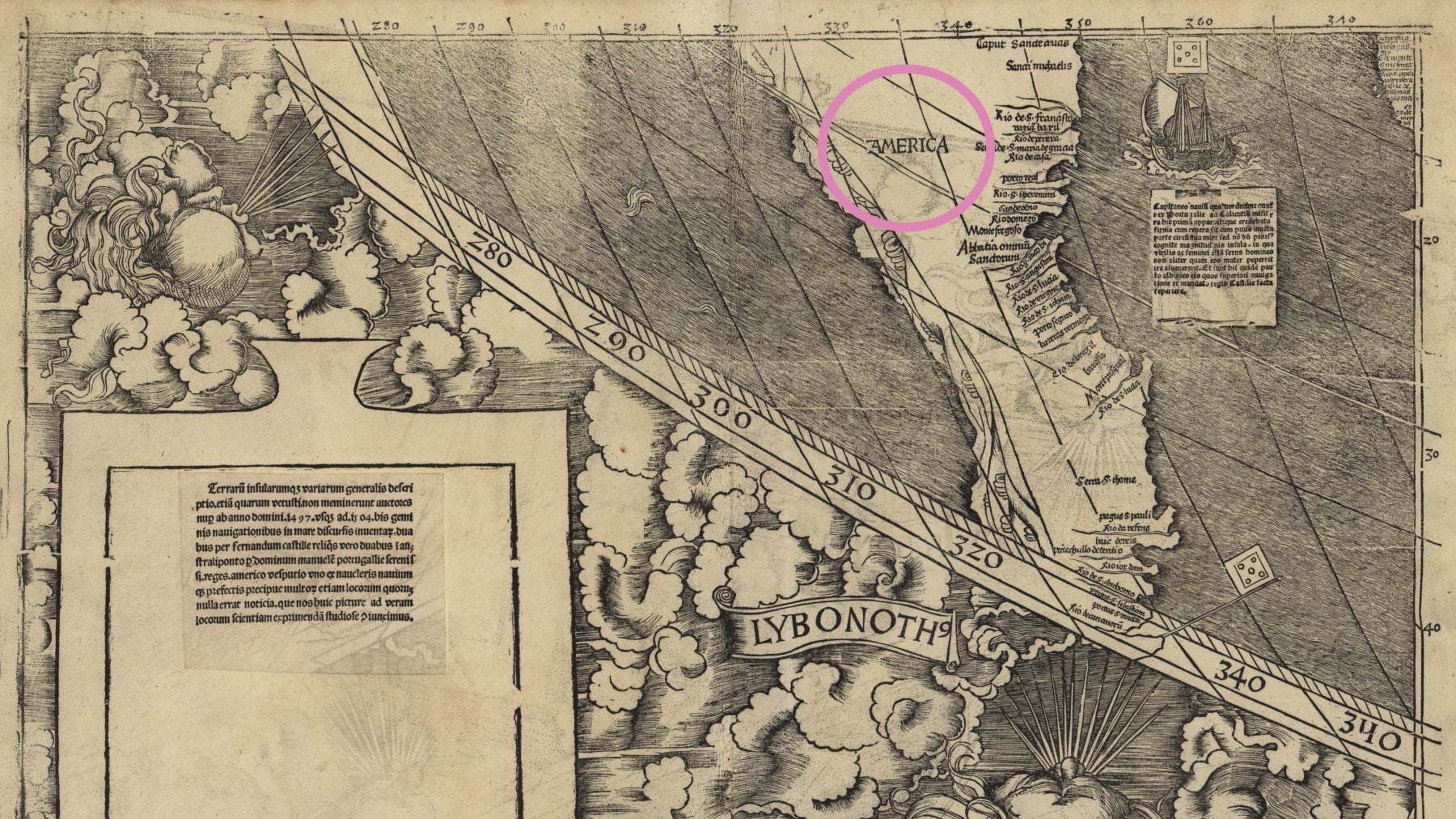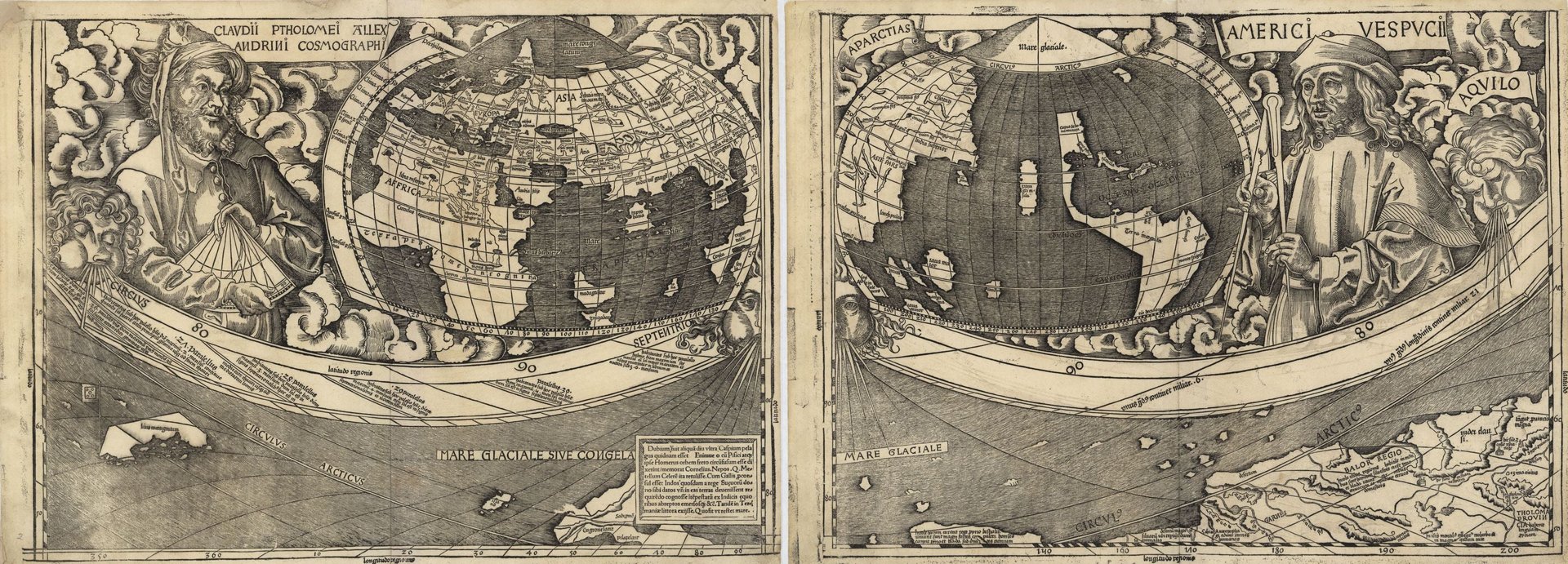The German map that accidentally became America’s birth certificate
Until 15 years ago, the document that gave the United States of America the basis for its name was housed in Germany.


Until 15 years ago, the document that gave the United States of America the basis for its name was housed in Germany.
US citizens may recall from grade-school history class that their country shares a namesake with the Italian explorer Amerigo Vespucci (as do the two continents that make up the majority of landmass in the western hemisphere). But unlike Christopher Columbus, who purposefully spread his toponymic seed all over the globe in the late 15th century, Vespucci did not declare the New-to-Europeans World for himself when he first visited at the turn of the 16th century.
Similarly to many other countries, the US did not decide on its name after a careful selection process in which its people sought a fitting linguistic symbol of shared national heritage; instead, its name was somewhat randomly bestowed upon it by an outsider. The person credited with naming America was a German cartographer named Martin Waldseemüller. Born around 1470, Waldseemüller drew his seminal map in 1507 with a colleague, Matthias Ringmann. He created a 32-square-foot woodcut map that had a land mass separate from Europe or Asia, in its own hemisphere, with two oceans on either side. And he gave one sliver of it a name: America.

The word “America” appears in the lower left-hand corner of the map, on what we now call South America. In case there was any confusion about the source of this new naming convention, there’s a drawing of Vespucci himself at the top of the map. He’s overlooking the part of the globe he explored, across from Ptolemy, who’s shown with the globe as the second-century Greco-Roman believed it was: Asia, Europe, and Africa.

It’s not clear how this tiny inscription came to be. According to some accounts, Waldseemüller was the person behind Cosmographiæ Introductio, a book which accompanied the map and published under the name Martinus Ilacomilus. In it, the author suggested the name “from the discoverer Amerigo…as if it were the American land, or America.” The author writes that he opts for the feminine “America,” as Europa and Asia are both names of women.
In other accounts, Ringmann was responsible for the map’s text. In those versions, he mistakenly believed Vespucci was the European to first stumble onto the continents, and those quotes are attributed to him. (Columbus was the first European colonialist to stumble on the place we know as the Americas today; it’s Vespucci who first realized it was not India.)
Mysteriously, the next two maps Waldseemüller made, in 1513 and 1516, included the land mass, but not the label “America.” Researchers still don’t know for sure why, but speculate he had doubts about giving Vespucci exclusive credit for European exploration of the continent in his earlier cartographic efforts.
According to the US Library of Congress, a “sizable” 1,000 copies of the 1507 map were printed at the time. The only surviving copy, nicknamed “America’s birth certificate,” was acquired by the library in 2003.